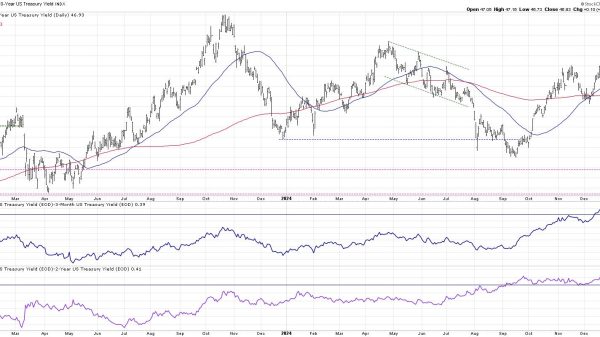
Sony is furthering its partnership with AMD so they can create more AI-powered technology to make games look and play better — and not just on PlayStation hardware. The two companies are establishing a “deeper collaboration” to work on “Machine Learning-based technology for graphics and gameplay,” lead architect of the PS5 and PS5 Pro Mark Cerny announced on Wednesday.
The two already partner on the PS5 and PS5 Pro’s GPUs, which are based on AMD’s RDNA 2 architecture, and the PS5 Pro uses a feature called PSSR (PlayStation Spectral Super Resolution) to improve image clarity and frame rates.
Sony also released a 37-minute presentation by Cerny discussing technical aspects of the PS5 Pro and some additional information about the “multi-year” project with AMD, which is codenamed “Amethyst.” The two are vague about how, when, and where the tech resulting from Project Amethyst will be used, but general it sounds like it’s something we could see on the next PlayStation and other future hardware that AMD is a part of.
The companies have two goals with Project Amethyst, according to Cerny. “The first goal is a more ideal architecture for machine learning,” Cerny said, including something that’s particularly good at dealing with the lightweight convolutional neural networks (CNNs) for game graphics.
The second goal is to develop “a set of high-quality CNNs for graphics,” Cerny said. “Both SIE and AMD will independently have the ability to draw from this collection of network architectures and training strategies, and these components should be key in increasing the richness of game graphics as well as enabling more extensive use of ray tracing and path tracing.”
Sony and AMD don’t want this technology to be exclusive to PlayStation. “Through this technology collaboration we’re looking to support broad work and machine learning across a variety of devices,” Cerny said. That means “something that can be used broadly across PC and console and cloud,” Cerny said to IGN.
The fruits of this work seem like they’re a ways out, though: “Don’t expect some massive hardware announcement immediately coming out of this,” Cerny told Digital Foundry. And since creating a console is “roughly a four year-journey,” Cerny said during the presentation, it’s possible we might not see hardware that uses tech from Project Amethyst until the PlayStation 6. (Cerny dodged a direct question from IGN about when we should expect a potential PS6.)
If you want to read more of what Cerny said about Amethyst in his presentation, here’s the transcript of that part (which starts at around 34:32 in the video):
I have some very exciting news to share. We have begun a deeper collaboration with AMD. For the project name we’re taking a hint from AMD’s red and PlayStation’s blue. The code name is Amethyst.
With Amethyst, we’ve started on another long journey and are combining our expertise with two goals in mind.
The first goal is a more ideal architecture for machine learning. Something capable of generalized processing of neural networks but particularly good at the lightweight CNNs needed for game graphics and something focused around achieving that Holy Grail of fully-fused networks.
In going after this we’re combining the lessons AMD has learned from its multi-generation RDNA road map and SIE has learned from the custom work in PS5 Pro.
But ML use in games shouldn’t and can’t be restricted to graphics libraries. We’re also working towards a democratization of machine learning something accessible that allows direct work in AI and ML by game developers both for graphics and for gameplay.
Amethyst is not about proprietary technology for PlayStation. In fact it’s the exact opposite. Through this technology collaboration we’re looking to support broad work and machine learning across a variety of devices.
The other goal is to develop, in parallel, a set of highquality CNNs for game graphics. Both SIE and AMD will independently have the ability to draw from this collection of network architectures and training strategies, and these components should be key in increasing the richness of game graphics as well as enabling more extensive use of ray tracing and path tracing.
We’re looking forward to keeping you posted throughout what we anticipate to be a multi-year collaboration.
























